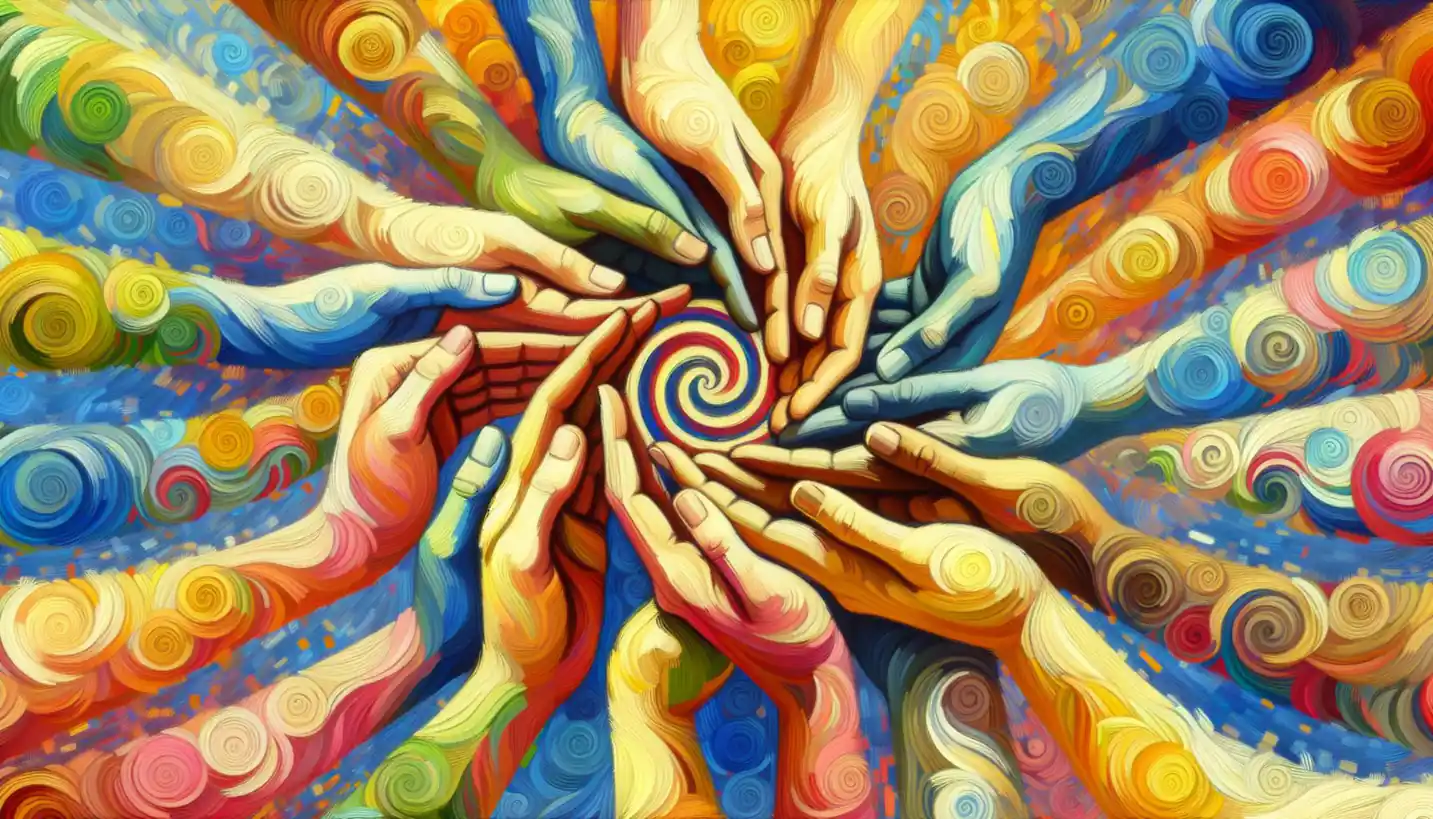· Sociology · 5 min read
Animism: A Fascinating Concept in the Sociology of Religion
Animism: A Fascinating Concept in the Sociology of Religion dives into the world where spirits inhabit all things. Explore the deep connections between humans and their environment.

Picture a world where everything around you is alive and spirited in some way. This is the essence of animism, a captivating belief system deeply entwined with the sociology of religion. Animism, at its core, is the belief that objects, places, and creatures all possess a distinct spiritual essence. It’s a worldview that sees life in everything, from the towering trees and flowing rivers to the smallest pebble or the gentlest breeze.
In societies across the globe, animism has played a critical role in shaping religious practices and cultural beliefs. It’s one of the most ancient forms of belief and remains intrinsic to many Indigenous cultures today. Let’s delve into what animism really means, its historical significance, and how it continues to influence our world.
Understanding Animism in Sociology
At its simplest, animism is the idea that non-human entities have spiritual or soulful elements. The sociology of religion looks at these beliefs to understand how they fit into the broader context of society and culture. It’s fascinating to see how animism doesn’t just describe a religious belief but also offers a framework for interacting with the world.
Imagine explaining to someone why a mountain grants you peace or why a river feels comforting. For those who view the world through an animistic lens, these emotions are tied to the spirit or life force inhabiting these entities. Sociologically, this has led to a wide range of rituals and customs that honor and communicate with these spirits.
Animism Through History
The roots of animism stretch back into prehistory, long before the advent of organized religions like Christianity, Islam, or Buddhism. Many early human societies practiced forms of animism, recognizing the mysterious forces of nature and assigning them spiritual meanings. This belief system provided explanations for natural phenomena and was critical for survival, fostering a deep respect for the environment.
For instance, Indigenous tribes in Africa, the Americas, and Australia often see animism as part of a larger cosmology. It’s not uncommon for stories to describe how spirits of ancestors live in natural elements, guiding and protecting their descendants.
Modern Relevance and Influence
Fast forward to today, and animism still thrives. It influences New Age spiritualities and has been incorporated into various contemporary practices. Some people find solace in animistic beliefs because of the way it encourages respect and harmony with nature, which can be a soothing antidote to modern life’s hustle and bustle.
In the sociology of religion, animism presents a framework that challenges the deep divides often seen between humans and nature in the Western worldview. By encouraging a more interconnected perspective, animism can inspire sustainable environmental practices and more inclusive cultural outlooks.
Animism in Indigenous Cultures
Particularly in Indigenous societies, animism is not seen as a set of beliefs but as an inherent part of life. For example, in many Native American cultures, the land is infused with spirits and ancestors. Every tree, river, and hill may carry stories and hold teachings passed down through generations.
This worldview fosters an attitude of stewardship and responsibility towards the planet. Understanding these dynamics can be a valuable lesson in respecting diverse belief systems and fostering intercultural dialogue.
Animism and Environmentalism
In recent years, there’s been a growing interest in how animistic principles might guide modern environmentalism. By viewing the Earth as a community of living, spiritual beings, we can challenge the more exploitative grasp humans often exert over nature.
Consider animism’s potential to reshape our attitudes toward conservation. If we start to see a forest as a living entity filled with spirits rather than just a resource, the way we approach environmental policies might change dramatically. Many environmentalists advocate for an animistic view because it inherently supports sustainability and reverence for the planet.
Scientific Interpretation and Skepticism
While the spiritual aspects of animism might clash with scientific thinking, there’s a sociological angle that deserves attention. By recognizing the tangible effects these beliefs have on human behavior and cultural structures, scientists and sociologists can glean insights into how societies organize themselves and relate to the environment.
Skeptics may dismiss animism as merely a primitive belief, but it holds valuable lessons about connection and community. By studying animism, we gain a deeper understanding of humanity’s relationship with nature—a relationship the modern world desperately needs to rekindle.
The Sociological Implications of Animism
Animism invites us to rethink many assumptions about the world. It reveals the diverse ways humans have understood existence and navigated the unknown. In the sociology of religion, animism challenges us to appreciate the multifaceted nature of belief systems, where spirituality and practicality often intertwine.
By embracing the animistic insights of Indigenous cultures and traditional societies, sociologists can gain a richer understanding of human belief and cultural practice. This helps to foster a dialogue that respects all forms of spirituality and their contributions to human knowledge and peace.
In today’s multicultural world, acknowledging the significance of animism can encourage more inclusive discussions about spirituality and how we collectively engage with our environment.
Engaging with Animism
For the curious mind, engaging with animism offers much to ponder. Questions arise about where spirituality fits into modern life, how we can integrate respect for nature into daily practices, and what it means to live in a spiritually animated world.
As we explore these questions, we find ourselves reimagining the boundaries between people, nature, and spirituality. Animism isn’t just about understanding ancient beliefs but also about finding harmony and meaning in an interconnected world.
In conclusion, animism’s place in the sociology of religion highlights the depth and diversity of human belief. It sheds light on our timeless quest for understanding and reminds us of the profound connections we have with the universe. Whether you’re drawn to its spiritual dimensions or its sociological implications, animism offers valuable insights into the human experience. As we navigate the challenges of modern life, embracing these perspectives might just bring us closer to a harmonious coexistence with all that surrounds us.


